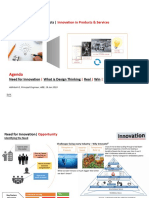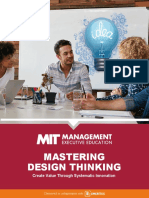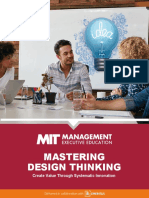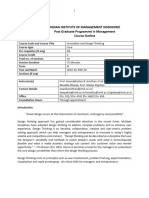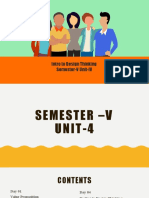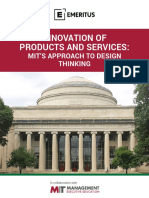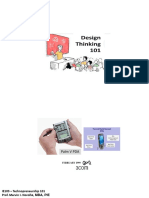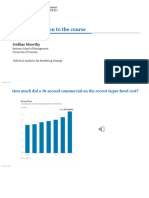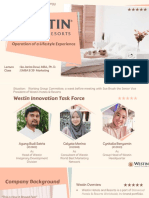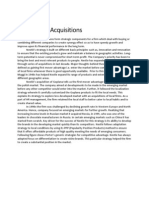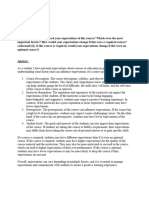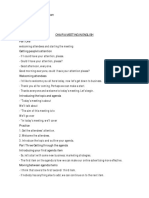0% found this document useful (0 votes)
12 views30 pagesDT Unit 5 Lecture Notes
The lecture notes on Design Thinking outline its application in business strategy and innovation, emphasizing its role in addressing major challenges and facilitating rapid experimentation for startups. Key principles include empathy, prototyping, and iteration, which help in creating meaningful products and improving customer experiences. Real-world examples from companies like IBM, Airbnb, and Dropbox illustrate the effectiveness of Design Thinking in achieving business growth and market differentiation.
Uploaded by
kpuneethkumarnaik786Copyright
© © All Rights Reserved
We take content rights seriously. If you suspect this is your content, claim it here.
Available Formats
Download as PDF, TXT or read online on Scribd
0% found this document useful (0 votes)
12 views30 pagesDT Unit 5 Lecture Notes
The lecture notes on Design Thinking outline its application in business strategy and innovation, emphasizing its role in addressing major challenges and facilitating rapid experimentation for startups. Key principles include empathy, prototyping, and iteration, which help in creating meaningful products and improving customer experiences. Real-world examples from companies like IBM, Airbnb, and Dropbox illustrate the effectiveness of Design Thinking in achieving business growth and market differentiation.
Uploaded by
kpuneethkumarnaik786Copyright
© © All Rights Reserved
We take content rights seriously. If you suspect this is your content, claim it here.
Available Formats
Download as PDF, TXT or read online on Scribd
/ 30















